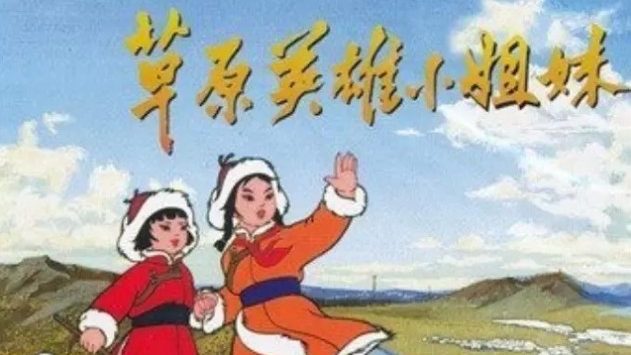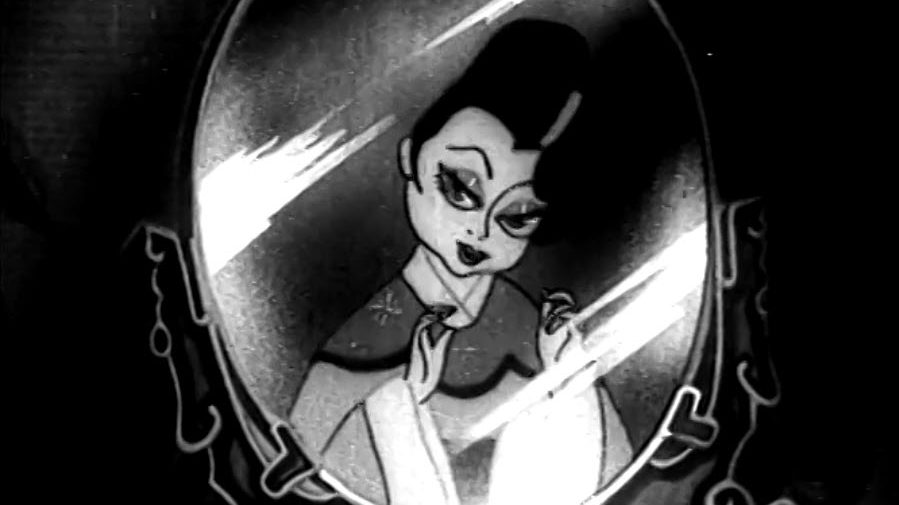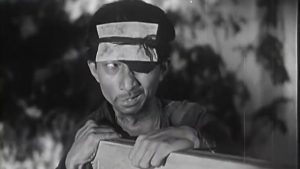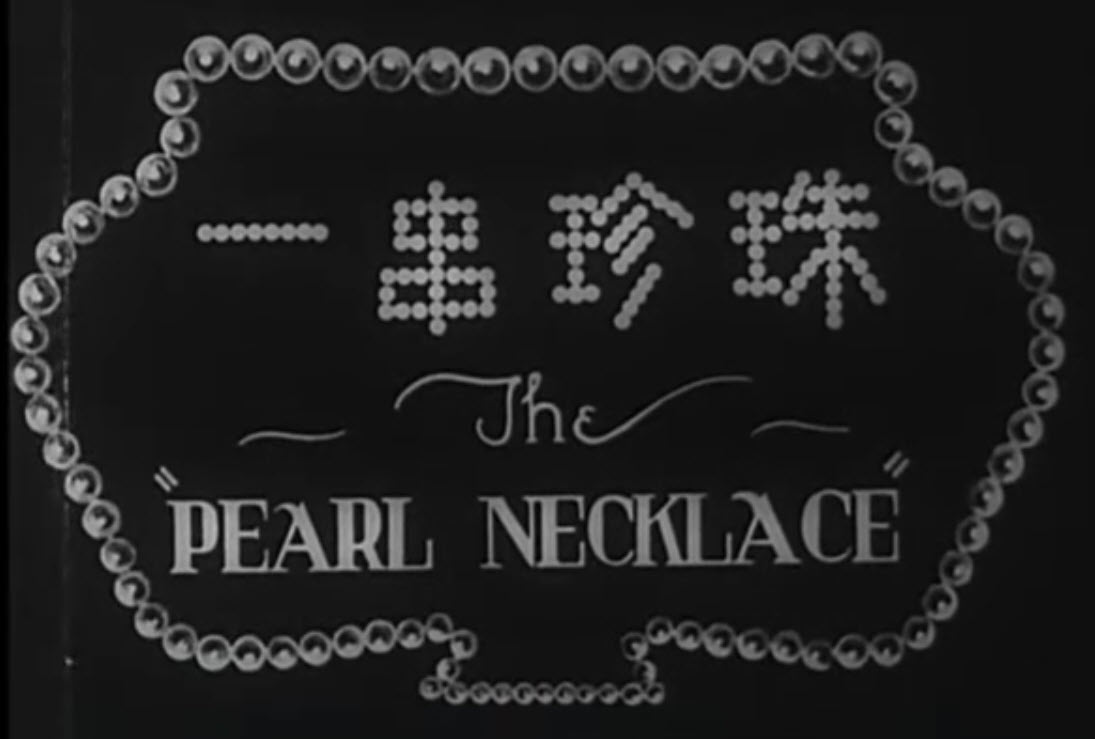The film:
Pigsy Eats a Watermelon
Zhu Bajie chi xigua 豬八戒吃西瓜
Directed by Wan Guchan 萬古蟾
Written by Bao Lei 包蕾
Assistant Director and Cinematographer: Chen Zhenghong 陳正鴻
Music composed by Wu Yingju 吳應炬
Art direction by Zhan Tongxuan 詹同渲 and Xie Yougen 謝友根
Animation design by Hu Jinqing 胡進慶, Qian Jiaxing 錢家騂, Shen Zuwei 沈祖慰, Ju Hui 車慧
Studio: Shanghai Art Film Studio 上海美朮电影制片厂
21 minutes, sound
Year of release: 1958
English subtitles translated by Christopher Rea
Subtitles created by Yao Jiaqi
Who can resist a delicious watermelon on a hot summer day?
One day in June, Tripitaka and his companions Monkey King, Sandy, and Pigsy pause their journey to the west to take shelter at an abandoned temple. Monkey King offers to go find some food and drink for the parched travelers, and Pigsy tags along, but Pigsy soon decides that his friend can do the work while he takes “a nap beneath a giant tree / Just how lovely would that be?” While Monkey is foraging in the South Seas Melon Patch and Peach Orchard, Pigsy awakens to discover before his eyes a GIANT watermelon. What will our ever-famished friend do next?
This short film brings together Chinese paper cutting and stop-motion animation to tell a story featuring the main characters of the Journey to the West. Pigsy is perhaps the most famous comical character in Chinese literature and folklore, the personification of animalistic gluttony and other corporeal desires. Hs self-restraint is sorely put to the test in this episode, which does not occur in the original Ming dynasty novel. Director Wan Guchan, the most prominent of the pioneering animation trio, the Wan Brothers, had earlier been a driving force behind other animated films inspired Journey to the West, notably the landmark full-length animated film Princess Iron Fan (1941). Notably, Pigsy Eats a Watermelon, a film about hunger and thirst, was released just as China was entering the Great Famine caused by the Great Leap Forward (1958-1962).
Learn more:
Watch Wan Guchan’s landmark full-length animated feature film, Princess Iron Fan (1941).
Browse other examples of Chinese animation and cartoons at the Early Chinese Animation playlist.
Related Posts
Animation and Cartoons 卡通與漫畫
Early Chinese cinema included both animated films and live-action films with animated and illustrated sequences

2021/03/01-05/12: Association for Chinese Animation Studies inaugural conference
A Zoom webinar featuring 19 panels of new academic research on Chinese animation, hosted by HKUST

Princess Iron Fan 鐵扇公主 (1941)
Monkey and companions try to outwit a demon's wife in this animated feature film, which adapts an episode from Journey to the West.

City Scenes 都市風光 (1935)
Yuan Muzhi's experimental directorial debut shows a country family's farcical attempts to make it big in Shanghai.

The Pearl Necklace 一串珍珠 (1926)
What's truly precious? This silent film features a conservative morality tale about women's vanity, with two outstanding scenes of animation.


